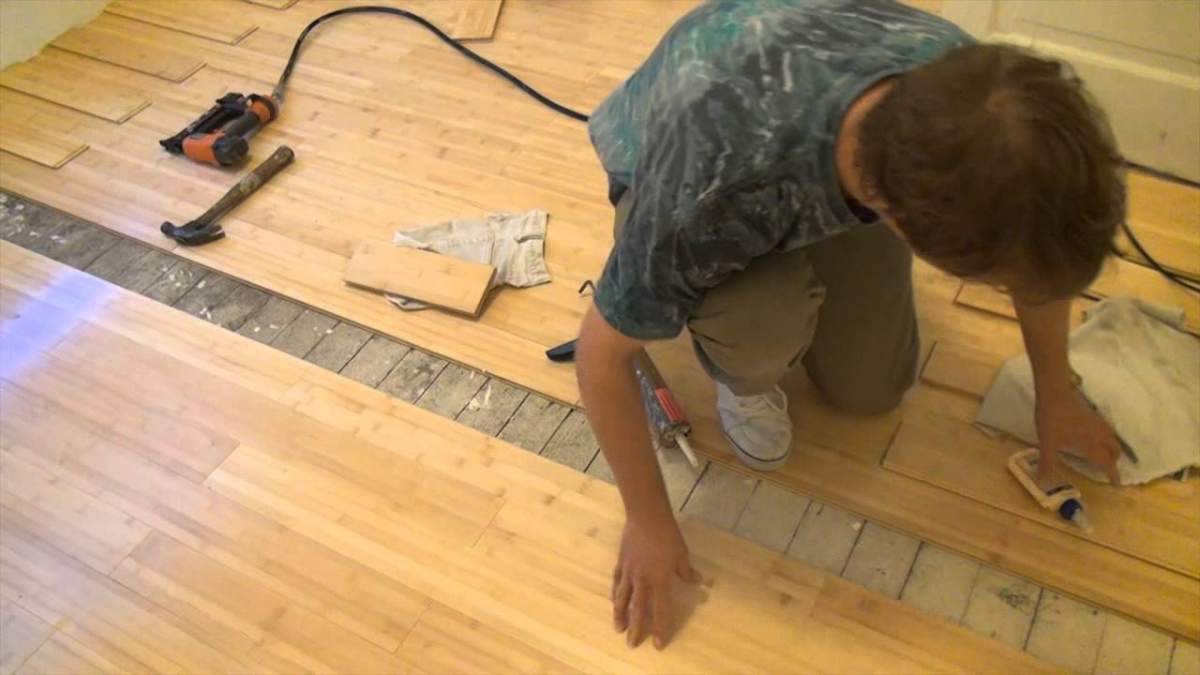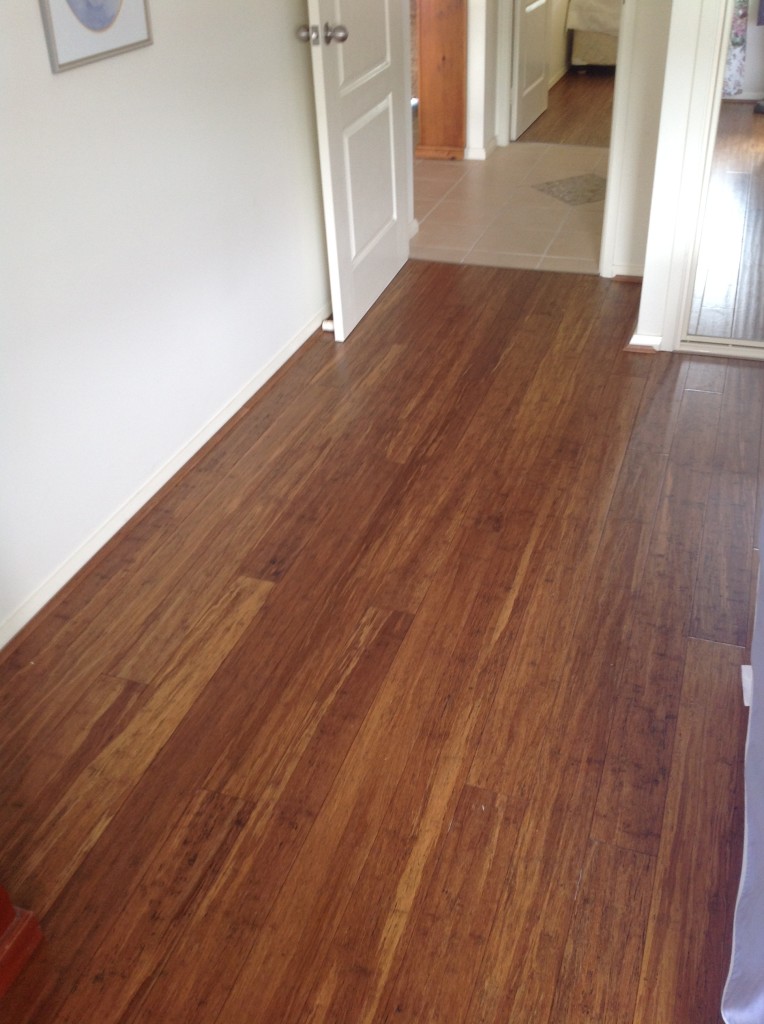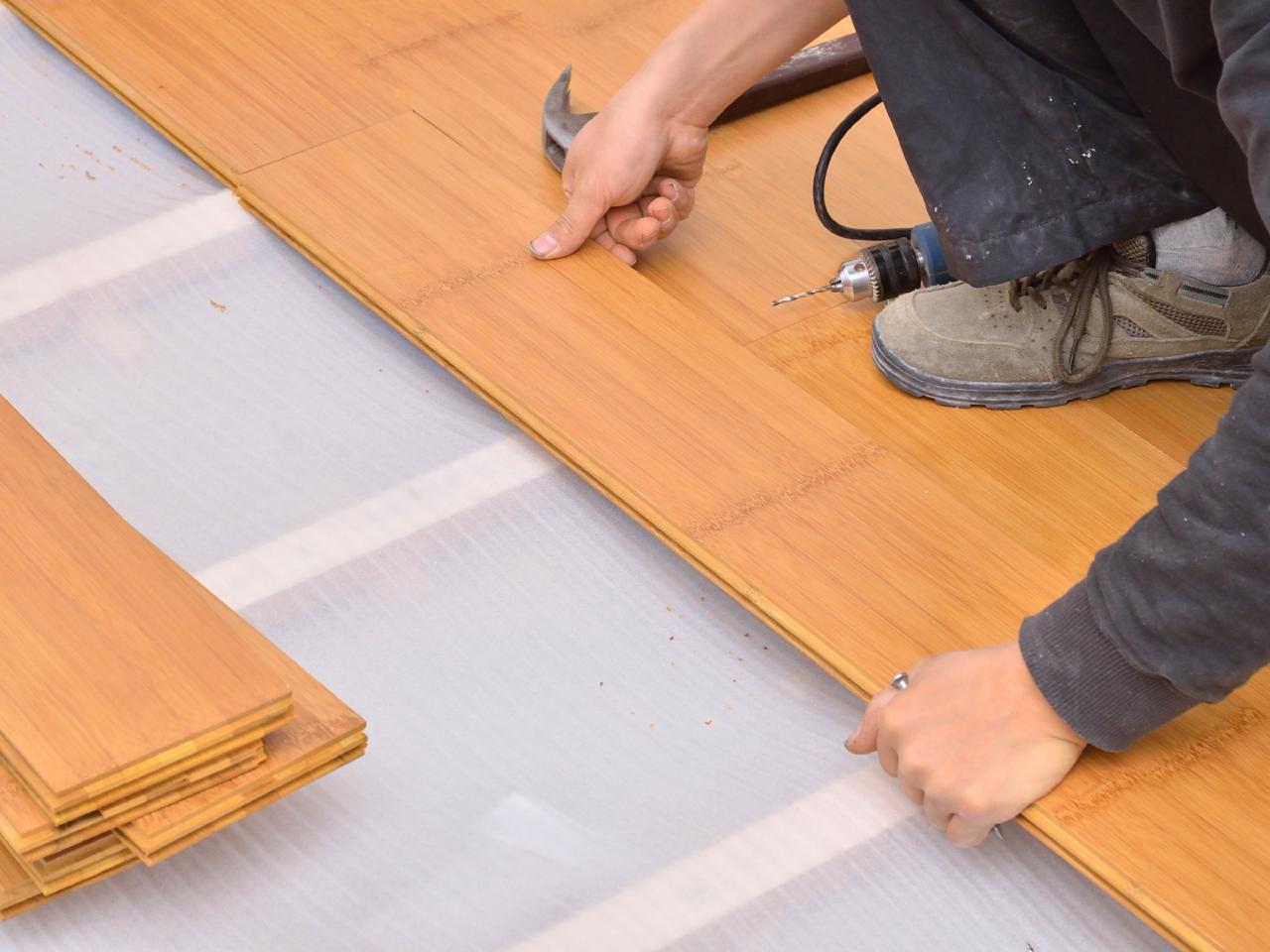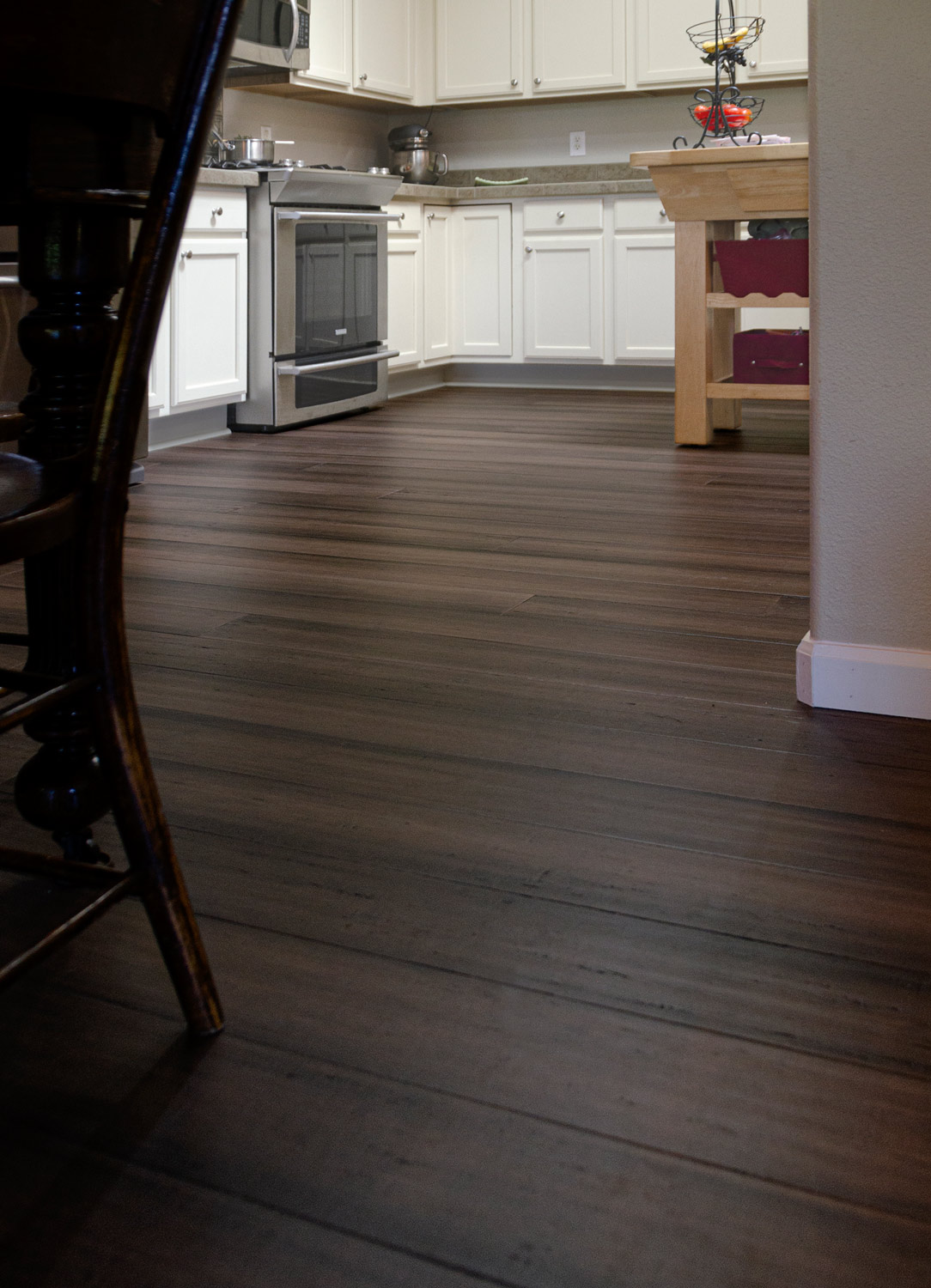Bamboo flooring begins with harvesting mature bamboo stalks, typically 4-6 years old, when the fibers are strongest. Workers cut the stalks into uniform strips before boiling them to remove starches and sugars that attract pests. The boiled bamboo is then dried to reduce moisture content, preventing warping later. Manufacturers laminate the strips under high pressure using adhesives to form sturdy planks. This process creates either horizontal (showing bamboo’s characteristic nodes) or vertical (denser) grain patterns, with strand-woven bamboo offering maximum hardness through compressed fibers.
The manufacturing process continues with milling the laminated bamboo into precise tongue-and-groove planks for easy installation. Some planks undergo carbonization—a heat treatment that darkens the bamboo’s natural hue—while others retain their original blonde tone. UV-cured aluminum oxide coatings are applied for scratch resistance and sheen. Quality control checks ensure uniform thickness, typically ½” to ⅝”, and moisture content below 9%. The finished planks are sorted by color and grain consistency before packaging. Unlike hardwood, bamboo reaches maturity faster, making it a more sustainable resource when responsibly sourced.
Bamboo flooring installation resembles hardwood methods but requires special considerations. Acclimating planks to the room’s humidity for 48 hours prevents post-installation expansion. Floating floor installations are common, with planks clicking together over an underlayment, while glue-down or nail-down methods suit solid bamboo. Installers must leave ¼” expansion gaps at walls to accommodate seasonal movement. Strand-woven bamboo’s density may require pre-drilling for nail-down installations. Proper subfloor preparation—clean, dry, and level—is crucial to prevent squeaks or uneven wear over time.
Maintenance preserves bamboo flooring’s beauty and longevity. Daily sweeping with soft bristles prevents abrasive dirt buildup. Damp mopping with pH-neutral cleaners avoids damaging the protective finish. Felt pads under furniture legs prevent dents, while area rugs in high-traffic zones reduce wear. Unlike traditional wood, bamboo is more resistant to moisture but still benefits from prompt spill cleanup. Refinishing depends on wear layer thickness—engineered bamboo with thin veneers may only tolerate light sanding, while solid strand-woven planks can be refinished multiple times.
Bamboo flooring’s eco-friendly appeal stems from its rapid renewability and low-VOC production options. However, buyers should verify certifications like FSC or FloorScore to ensure responsible sourcing and indoor air quality. While cheaper than many hardwoods, quality varies—higher-priced strand-woven products offer oak-like durability. Homeowners appreciate bamboo’s distinctive grain patterns and warm aesthetic, which pairs well with modern and traditional decors alike. With proper selection and care, bamboo floors provide durable, sustainable beauty for decades.
How to install bamboo flooring – methods
Bamboo flooring Newcastle NSW: Making Your Home Beautiful and Environment Friendly! Lakeside
Bamboo Floor Installation DIY
How To Make Bamboo Floors Shine Urban Customs Flooring
5 Brilliant Ways to Make Bamboo Floors Shine Bamboo flooring, Bamboo flooring cleaning, Bamboo
Flooring Alternatives that Will Make You Rethink Hardwood – southshoreremarealestate
New Engineered Strand Bamboo Flooring transforms the look of this house
Can I Install Bamboo Flooring in a Basement? A Guide.
Bamboo flooring on the stairs. I told my hubby it could be done. Flooring, Bamboo flooring
Related Posts:












